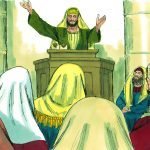
Chapter 10 – Restoring Christ Church – Pastor Lawrie Cottam: Farmer, Sailor, Preacher
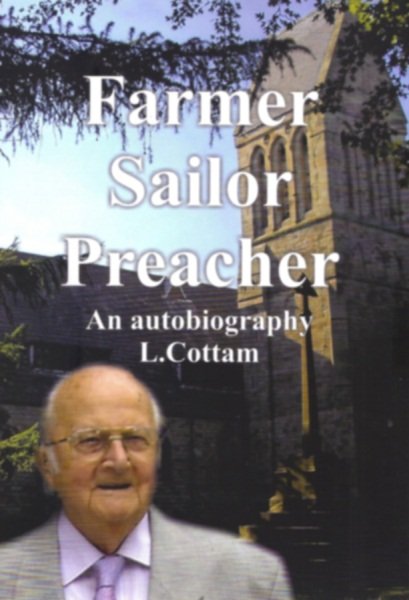
The vision, the discovery and the restoration of Christ Church is unique in many ways. It actually takes some believing, but I take comfort from the fact there are so many witnesses to its authenticity, especially the members of my own family. When I broke the news to the Pastors of the South Manchester district, they looked at me askance and some even told me I was making a big mistake by going to live in a church. They advised me that a pastor should always live a distance from the church members- that that was the only way to get a bit of peace and privacy.
Well, I can tell you at the very beginning of this chapter, that for the past twenty years there has only been a wooden passage door between me and the rest of the assembly and not one person has ever invaded our privacy. Nancy and I are surrounded by the quietest neighbours one could ever live alongside. You see, they are all in graves. One Pentecostal man asked how Nancy and I could sleep surrounded by all the graves and I said, “My good friend, it’s not the dead that cause all the trouble. It’s the living.” At this junction, I think it would be a relief to present a little poem that I wrote called TRANSMISSIONS. It actually took me 50 years to assemble all the material for it
There are many kinds of Christian
Up and down this land, you know
And the Lord, He gives discernment
Even though I older grow
And these old eyes very strangely
See what young eyes fail to see
So the various types of Christian
Will be described by me.
First there’s brother limelight
One in nearly every church
To the platform clings tenaciously
Like a parrot to its perch.
Talk about double natures
Like Dr Jekyll and Mr Hyde
Just take him off the platform
And into deep depressions he will slide.
Secondly, there’s sister gypsy
Forever flitting around
Pulling down the church she’s just left
And praising the one she’s just found.
Her dear old Pastor, so full of faults,
The new one, such a charmer,
But the old church finds, to their relief,
The atmosphere much calmer.
The fourth pain, Mr Brainwave
Full of plans and schemes and say.
The scourge of the general meeting,
Who turns every Pastor grey
With his grand, impressive manner
And his schemes of good intent
Then quickly from the work scene fades
Leaving others to implement.
Then there’s Mrs Pray-them-in
With a system all her own
Using a kind of telepathy
An invisible, spiritual phone.
The one who the unsaved man
Or woman has never seen
A stranger to the harvest field
Simply because she’s never been
Then there’s Mr Clutch-it-tight.
He’s a sorry kind of believer.
Just mention tithe, he begins to quake
And goes down with severe gold fever.
Watch out if this man should ever get
On either council or committee
He’ll show the missionaries dear
Not a single ounce of pity.
You sometimes get a lazy bones.
Not many, just one or two –
Fixed firmly in the arm chair
As if sat on super glue.
With a skin as thick as rhino hide
And a conscience that won’t even quiver
Even when he’s blue with cold
He’s too lazy to raise a shiver.
But none of these descriptions
Would ever fit you, my friend.
Your attitude and character
Are of a very different blend.
You’re not a bit itinerate
Neither brainwaves nor limelight.
You’re a pillar in the Church of Christ
I know this to be quite right.
You’re a friend I’m always glad to see-
A person I never fear
Transmitting from yourself to me
True warmth and strength and cheer.
You’re a person I try to emulate
The young ones should do the same
Filling the hearts of everyone
With joy and never pain.
After Cannon Gash had offered me the church and the land for the nominal figure of £10,000 I set about the restoration of Christ Church, in earnest. First I obtained a bridging loan for £10,000 from the Property Trust. Then I arranged to sell my house to a good friend called Anza Patel, an Indian lady. The house was sold on the understanding that she would allow Nancy and the children to continue to live in it, rent free, until Paul and I built living accommodation in the church for Nancy and Rhoda.
I then got the Assemblies of God’s solicitor to draw up a contract between the trustees of the church and Rhoda, Nancy and myself stating that we would live in the flat, rent free, for the rest of our natural lives and that we would be guardians of Christ church. The money from the sale of my dwelling place was to be spent on the restoration of the church either directly or indirectly. Then I assembled the congregation and suggested that each person would use their individual talents and the rest would become their labourers. This is exactly what took place.
The very first thing was to assess the whole building, then decide where to build the flat. Now Mark and I had been instrumental in helping a very beautiful young lady to leave a cult, called The Way and she became a member of our church. Her friend was an architect. When I told him of my plans to build a flat, he suggested we were going to build it at the wrong end of the church. His advice proved to be invaluable and he drew up all the plans at no cost to the church.
Next, we had to rip out the old pipe organ and Paul converted the organ tower into two rooms; a bedroom downstairs and a study upstairs. Then he converted the choir’s dressing room into a living room, the Pastor’s vestry into a beautiful modern kitchen and we rebuilt a bathroom, complete with toilet.
We finished the flat in the early spring, following which came the hottest summer we had had for years. Paul, Arthur and I were scorched. I was 65 at the time, but after my legs gave way, whilst on the roof one day, Paul grounded me. Instead, I had to do all the preparation of the materials, treating all the wood with creosote. Paul and Arthur did a wonderful job re-slating the 90 foot long roof, assisted by the other church members. Every single slate had to be measured, cut and hauled up by hand. The actual estimate for this job was £18,000 and they did it voluntarily.
All the men and women worked tremendously hard for the space of four years. The first bonfire night, I collected twelve spent fireworks and rockets that had been thrown and fired through the open windows. I lined them up on a pew and showed them to the workers the next day.
There is so much to tell, but I can only give snippets. One day, I was bricklaying on the scaffold, just about door height on the minor hall main wall, when we ran short of funds and materials. On the window sill we had a temporary phone. It rang and a voice at the other end of the line asked if we used the bells in the Pentecostal church. I asked who was speaking and learned that it was the vicar of an Anglican church in Accrington who wanted to buy our church bells.
Now all I had done was to coil up each bell rope and secure it from rats or mice, by suspending it in mid air. I explained that I didn’t know the value of the bells and the strange voice told me to contact the bell maker in Loughborough. I rang John Tailor’s and they told me that the bells were very valuable; a new set could cost £40,000-£50,000. I enquired what the scrap price of the bells would be and he told me £8,000. So, I agreed to sell the bells for the scrap value, wanting to reciprocate to the Anglicans for selling us the church at a very good price.
First I had to get permission from the Charity Commissioners, the local council and the listed buildings department. When I applied to these organisations, it was only the local council who refused us permission, so I pressed them for a meeting. They received me rather coolly and said there was no way that the bells were going out of Pendlebury.
However, as I got to the door, the Lord spoke to me and said, “Tell them about the kestrels.” I turned and said, “I’d like to get rid of the bells before the kestrels start to breed.” “Come back, Mr Cottam,“ he said. “I didn’t know you had kestrels in the bell tower. Would you mind if we come and take photographs and watch them? You see, I am the secretary of the bird society.”
That very week I got a permission form for the disposal of the bells. I rang the vicar at Accrington church to let him know and he told me that they only had £7,750, but they were going to raise the extra money with garden feats. I accepted the £7,750 and that’s how the church at Accrington got the bells. We spent the money on bricks, sand and cement.
I said earlier on that the restoration of Christ church was unique in many ways. You see, I have never made one appeal for money, not even to my own congregation. One Anglican minister gave me £500. Another gave me £1200. A Methodist lady gave me £500. A house group in Swinton gave me £500. Ladies passing the church would give me money and say it was to buy lunch for the workers and so it went on and on.
Well, the time came to sell the old Mount of Olives building, which was situated in a very good position almost in the centre of the town. One day a man called Mr Berry approached me and introduced himself as the secretary of the Care of the Elderly in the town. Their supervisor, a woman named Mrs. Mac (who really had the care of the elderly at heart) was worried that the lease on their building was due to run out.
The only alternative building the council had offered them was right out on the moss, miles away from the centre of Swinton. It would be most unsuitable. MrBerryexplained that they would have the additional cost of running a minibus and even that would depend on them getting a voluntary driver. He wanted to know whether I would sell him theMount of Olivesbuilding, so I called a meeting of the church and we all agreed to sell the old church, for a nominal figure, to the Care of the Elderly. They were delighted. Then I got three offers, one from a joiner, and another from a bookmaker and the third from a garage proprietor. All offered me far more that the figure I had agreed with the Care of the Elderly, but I refused.
One night, a big man called Ken Mac, came into the church. He was a friend of my son Mark. We talked about how the prime site had been sold to the Care of the Elderly and that it was his mother who was the secretary. Ken told me he was a demolition man and pulled down all sorts of buildings. At that time he was starting to pull down a gas show room atLeyland. It had only just been refurbished, yet everything in it had to go. He said he was going to give me a piece of chalk and I was to go to Leyland and put CC (ChristChurch) on anything I wanted. I was then to take a wagon and a gang of men and go and take the lot absolutely free.
We went to the show room and got two sets of beautiful stairs, electric fluorescent lighting, radiators, fire doors, tables and wood – in short, everything we needed to restore Christ church. A little later, he rang me and said, “Go to the Catholic school in Middleton. It’s only been built ten years and I’ve got the job of demolishing it. Do the same as you did atLeyland.”
Friends, I did the same as I had done at Cadishead, bricklaying, scaffolding, rigging, lifting up the girders. I lived in the church and worked from morning until night and the Lord blessed the work.
When it was finally finished, the normal routine would have been to engage a well-known speaker, have a special meeting and make a real show of things. Well, Swinton was again unique. I promised Mr Gash, who had been so good to us, that we were not going to beat the drum and say that we were going to succeed, where the Anglicans had failed. In fact we did not have a special opening service. We just moved in where the Anglicans left off.
We promised not to speak one disparaging word against the Anglicans and that we would honour their memories and past endeavours. We would also honour every designated gift, by finding the owner and returning it to that person. This we did. I must mention one man, little Pastor Harding from Oldham who was a wonderful man. He came across every time I had a problem and he helped me out, especially with the foundations and the brick work.
So Christ Church was fully restored, completely free of debt and I give the Lord all the praise and glory. He promised to give it to me and so He did. Nancy and I have now retired and feel that we have put down a good foundation. The leadership of the Church has been taken over initially by Les Bootman and his wife Anne (who I would like to thank for playing such a major part in the production of this autobiography) and of course all the faithful members of Christ Church. I am trusting it will go from strength to strength.
I am a little sad about the lack of young men who come out of the Bible College and don’t want to take on the pastorate of a small church. To be a working pastor almost seems to be considered a crime these days, but I must say that many working pastors have put in the foundations of many a thriving church today. Perhaps hard times and a few disasters will revive the church. The main thing of course is to keep cheerful and pressing on to the prize of the high calling of Christ Jesus.


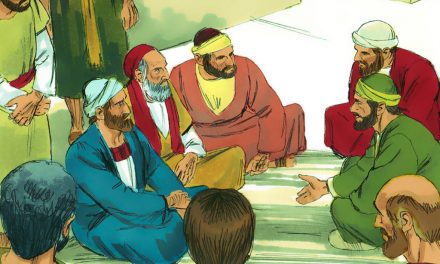

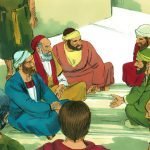
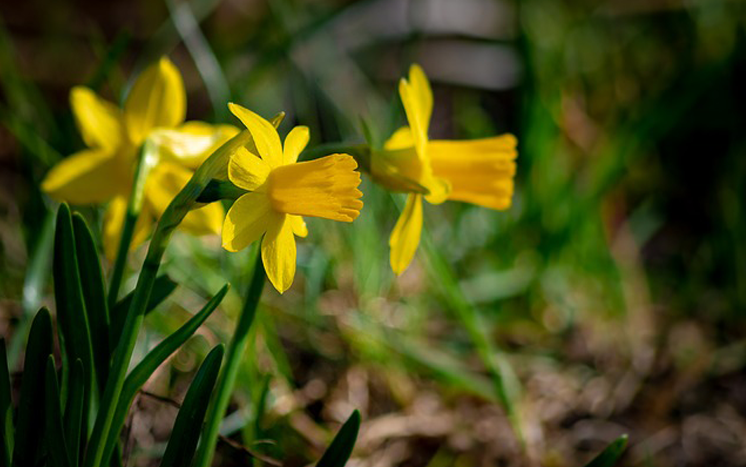
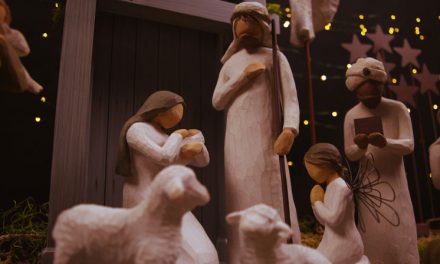



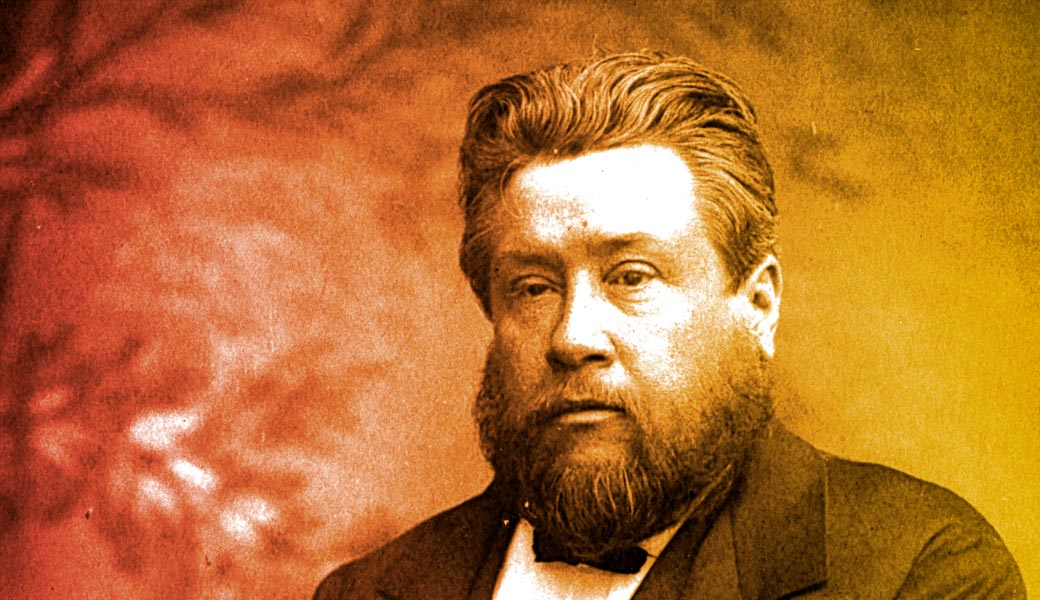

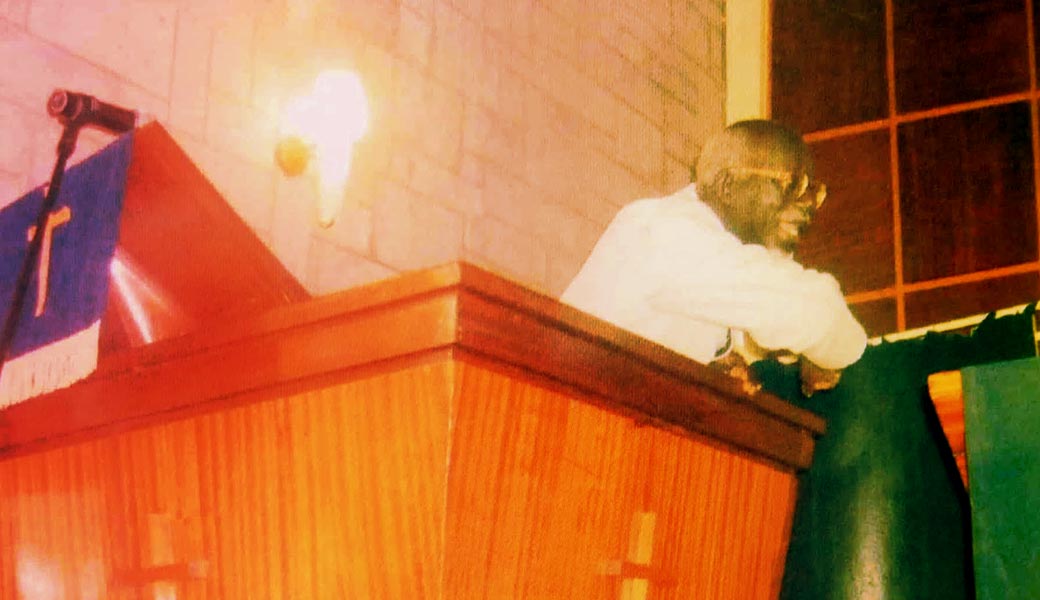


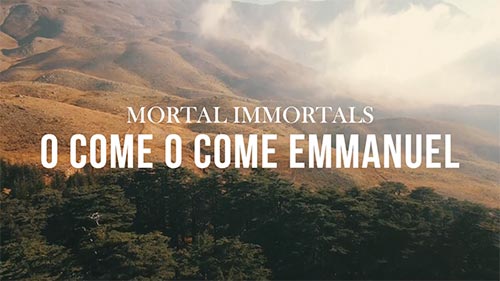
Recent Comments